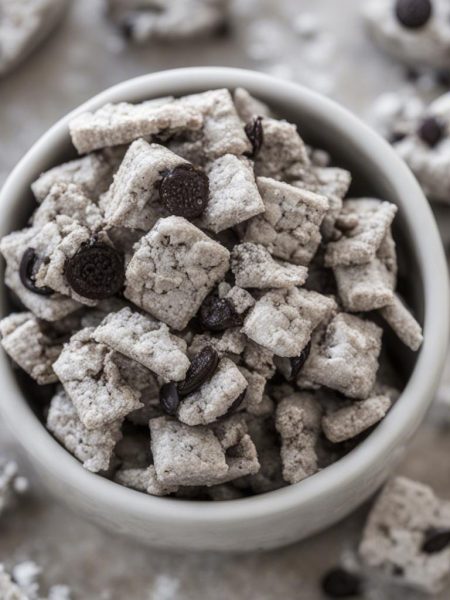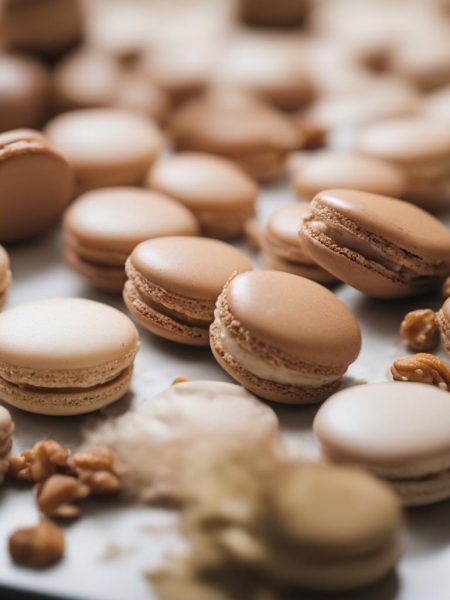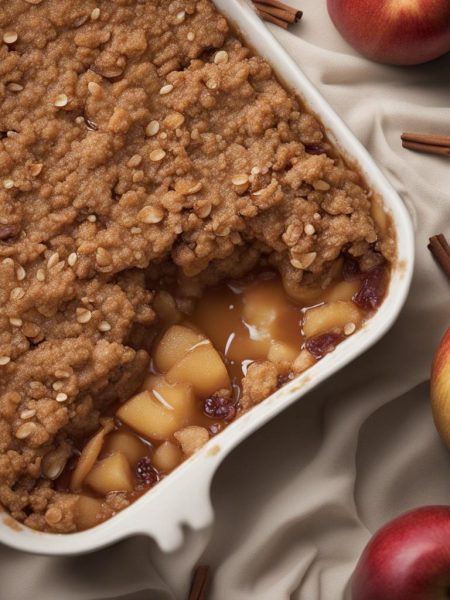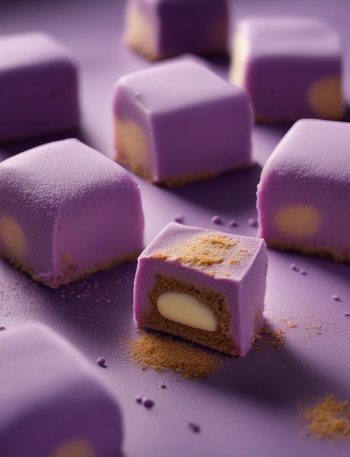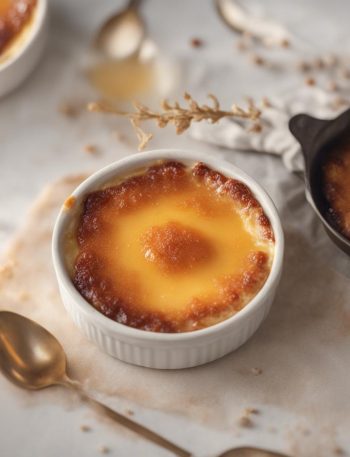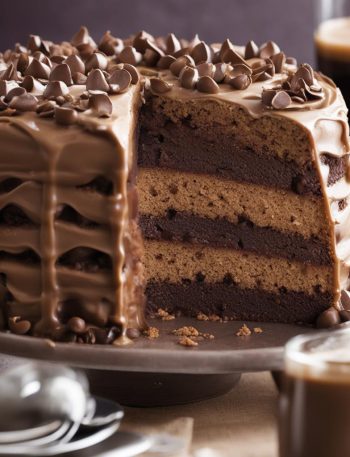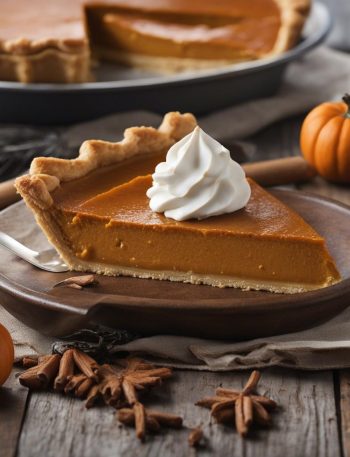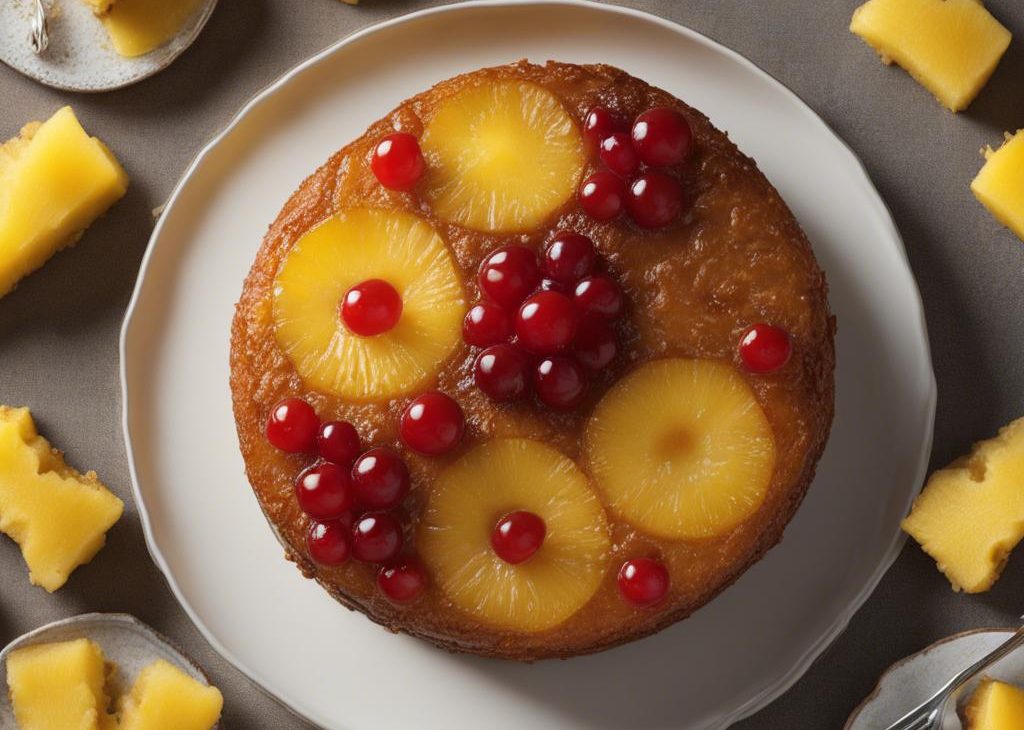
This pineapple upside down cake is soft and buttery with a caramelized brown sugar pineapple & cherry topping. Its juices seep down into the cake, adding even more luscious flavor and texture. A classic favorite using canned pineapple and maraschino cherries, this retro cake is served upside down and perfect any time of year.
I love learning in the kitchen and I’m always working hard to improve my skill. With constant practice comes the opportunity to bring you the best recipes I can. This is an exciting post!
Improved Pineapple Upside Down Cake Recipe – Read the Difference
I developed and published a pineapple upside down cake recipe several years ago. It’s certainly loved by many, but the cake is prone to overflowing because there’s quite a lot of batter. Additionally, it can taste overly wet and the instructions were never written very clearly. As a cookbook author and baker, I’ve certainly improved my craft over the years!
My improved pineapple upside down cake recipe, written below, is much softer than my original. Using creamed butter instead of melted, cake flour instead of all-purpose flour, all white sugar instead of brown sugar + white, and using egg whites guarantees a huge textural difference. I adapted it from my white cake. My new recipe doesn’t yield as much cake batter, so we don’t have to worry about overflowing.
The pineapple cherry topping remains the same. You don’t mess with perfection. 😉
- Old Cake Recipe (in notes below): Overly heavy, wet, overflowed
- New Cake Recipe (below): Softer, pleasantly moist, reduced amount of batter
We’re using the same ingredients in my updated cake batter just in different forms, ratios, and amounts. Baking is truly a science and I’m happy to continue to deliver you well tested and improved recipes!
Key Ingredients You Need
- Cake Flour: Lighter than all-purpose flour, cake flour produces a soft crumb.
- Baking Powder & Baking Soda: The two add plenty of lift under the heavy topping.
- Salt: Balances the sweetness.
- Butter: Instead of melted butter, use 6 Tablespoons of softened butter. (Not the whole stick, though you do need more for the topping.) Creaming butter and sugar guarantees a buttery soft crumb. It’s how I prepare my vanilla cupcakes, too.
- Sugar: White granulated sugar sweetens and tenderizes the cake. There’s brown sugar in the topping to provide essential flavor!
- Egg Whites: Don’t let yolks weigh down a cake that’s already weighed down by the fruit topping. After all my recipe testing, I now swear by just egg whites here. So there’s no waste, here are my recipes using egg yolks.
- Vanilla Extract: Flavor.
- Sour Cream: Along with cake flour and egg whites, sour cream promises a tender cake crumb. Plain yogurt works in a pinch.
- Pineapple Juice & Milk: Liquid is key in most cakes because it thins out the batter. You typically make pineapple upside down cake with canned pineapple, so use some of the liquid in the can for the cake batter.
I appreciate that the cake, in general, is smaller and not as overwhelming just like this apple upside down cake. Both are great options for smaller gatherings for Easter and other holidays. See more Easter brunch recipes and Easter dessert recipes.
Pineapple Upside Down Cake Topping
I didn’t change my original topping recipe. Sticking with tradition, the topping includes canned pineapple rings, maraschino cherries, butter, and brown sugar. I always use 10 pineapple rings (some are halved for the sides), which is one 20 ounce can. Feel free to use fresh pineapple and cherries. Canned pineapple chunks will be a little messy and could spill down the sides when you invert the cake, so proceed with caution.
- My #1 Tip for the Topping: Blot the wet pineapples and maraschino cherries before using. The more liquid in the fruit, the more liquid that won’t “set.” Excess liquid creates an unpleasantly wet cake.
I know you’ll appreciate this too: pineapple upside down cake is basically already frosted. There’s no extra decoration required; the garnish is literally baked into the cake!
Overview: How to Make the Best Pineapple Upside Down Cake
This classic pineapple upside down cake is buttery rich and the sweet fruit topping is downright irresistible. Let me walk you through each step so you understand the process.
Expect a Dense Cake
I’ve been making pineapple upside down cake since I could hold a spatula. I’ve made hundreds of versions, or so it seems, and I say with 100% certainty that this cake will always be on the denser side. (Unless you are using store-bought cake mix.) You see, the cake is served upside down. The weight of the topping, which is the bottom of the cake as it bakes, weighs down the crumb beneath it. Pineapple upside down cake will never be as light and airy as white cake. If you were to make this exact cake batter and serve it right-side-up, the cake would taste much airier.
Does that make sense?
I know you’ll love its unique texture, especially paired with the brown sugar caramelized fruit topping. Let me know how you like it!

Pineapple Upside Down Cake Recipe
Description
Updated in 2020, this is my favorite recipe for traditional pineapple upside down cake. For best success, read the recipe and recipe notes before beginning.
Ingredients You’ll Need
Instructions
- Preheat oven to 350°F (177°C).
- Pour 1/4 cup melted butter into an ungreased 9×2 inch pie dish or round cake pan. (Make sure the pan is 2 inches deep. I recommend this pie dish, which is 1.8 inches deep but I never have an overflow issue.) Sprinkle brown sugar evenly over butter. Blot any excess liquid off the fruit with a clean towel or paper towel. (The wetter the fruit, the more likely the cake could overflow or the topping could seep over the sides when inverted.) Arrange about 6-7 blotted pineapple slices and all the cherries on top of the brown sugar. I like to halve 3 pineapple rings and arrange them around the sides of the pan, too.. Place pan in the refrigerator for a few minutes as you prepare the cake batter. This helps solidify or “set” the topping’s arrangement.
- Whisk the cake flour, baking powder, baking soda, and salt together. Set aside.
- Using a handheld or stand mixer fitted with a paddle or whisk attachment, beat the butter on high speed until smooth and creamy, about 1 minute. Add the sugar and beat on high speed until creamed together, about 1 minute. Scrape down the sides and up the bottom of the bowl with a rubber spatula as needed. On high speed, beat in the egg whites until combined, then beat in the sour cream and vanilla extract. Scrape down the sides and up the bottom of the bowl as needed. Pour the dry ingredients into the wet ingredients. Turn the mixer onto low speed and as the mixer runs, slowly pour in the pineapple juice and milk. Beat on low speed just until all of the ingredients are combined. Do not over-mix. You may need to whisk it all by hand to make sure there are no lumps at the bottom of the bowl. The batter will be slightly thick.
- Remove topping from the refrigerator. Pour and spread cake batter evenly over topping.
- Bake for 43-48 minutes, tenting foil on top of the cake halfway through bake time to prevent the top from over-browning before the center has a chance to fully cook. The cake is done when a toothpick inserted into the center of the cake comes out mostly clean—a couple moist crumbs are OK. Don’t be alarmed if your cake takes longer or if the cake rises up and sticks to the foil. (We serve the cake upside down anyway!)
- Remove cake from the oven and cool on a wire rack for just 20 minutes. Invert the slightly cooled cake onto a cake stand or serving plate. Some of the juices from the topping will seep over the sides—that’s ok. You can slice and serve the cake warm, but the slices will be messy. I find it’s best to cool the cake completely at room temperature before slicing and serving. Do not refrigerate the cake to speed up the cooling process because it could end up tasting overly dense.
- Cover leftover slices and store for up to 3 days in the refrigerator or 3 months in the freezer. Thaw at room temperature. I don’t recommend freezing the cake as a whole because the topping arrangement doesn’t thaw very nicely. See make ahead instructions below.

